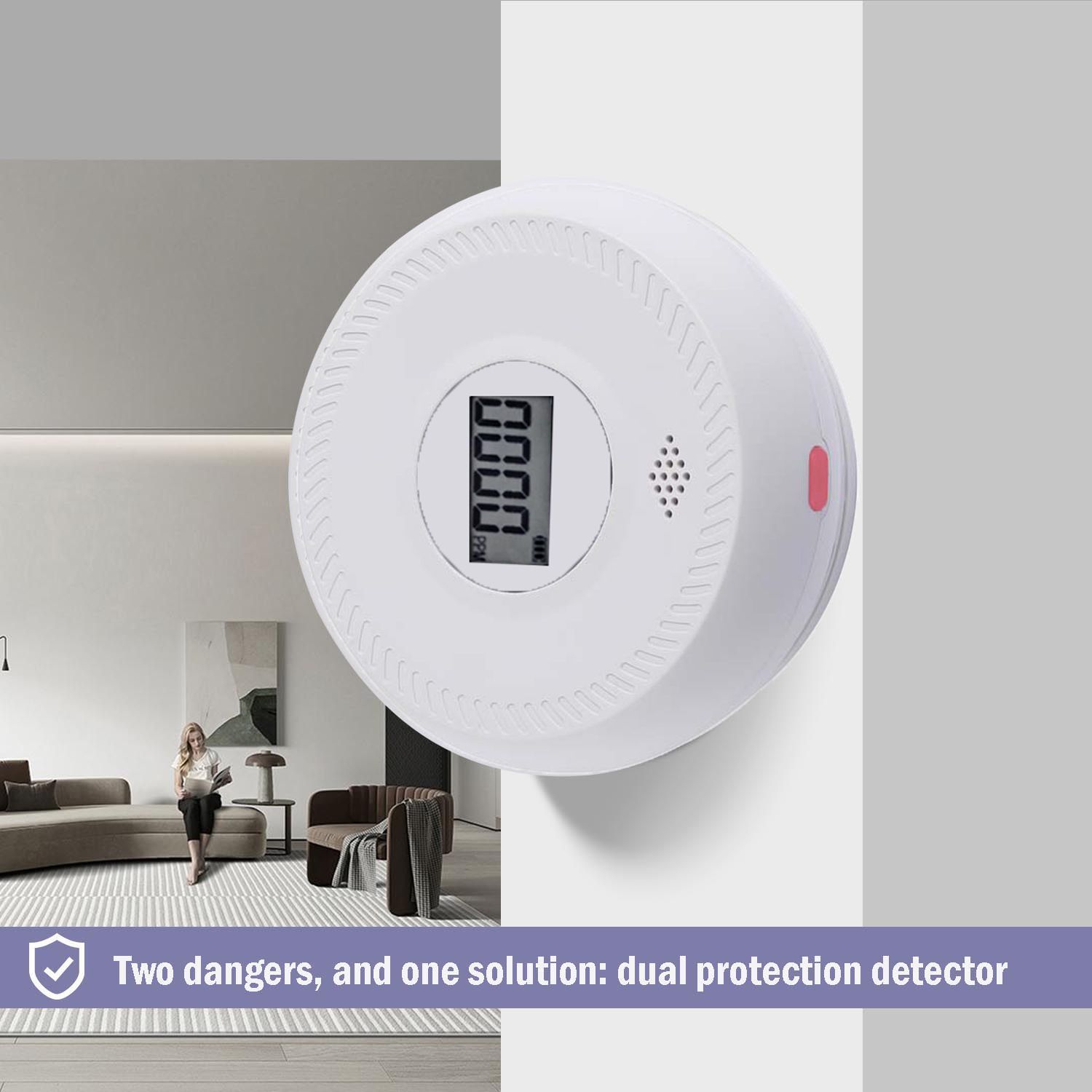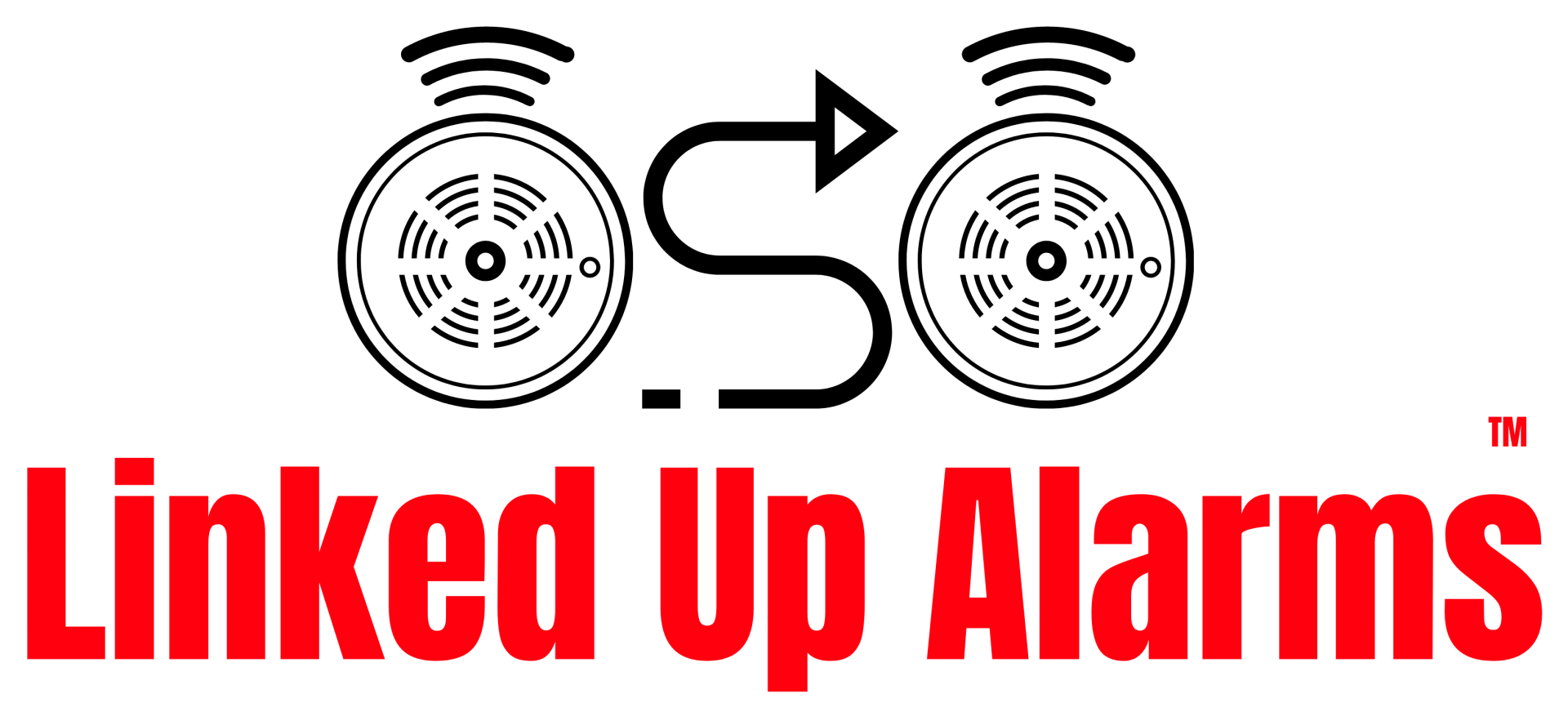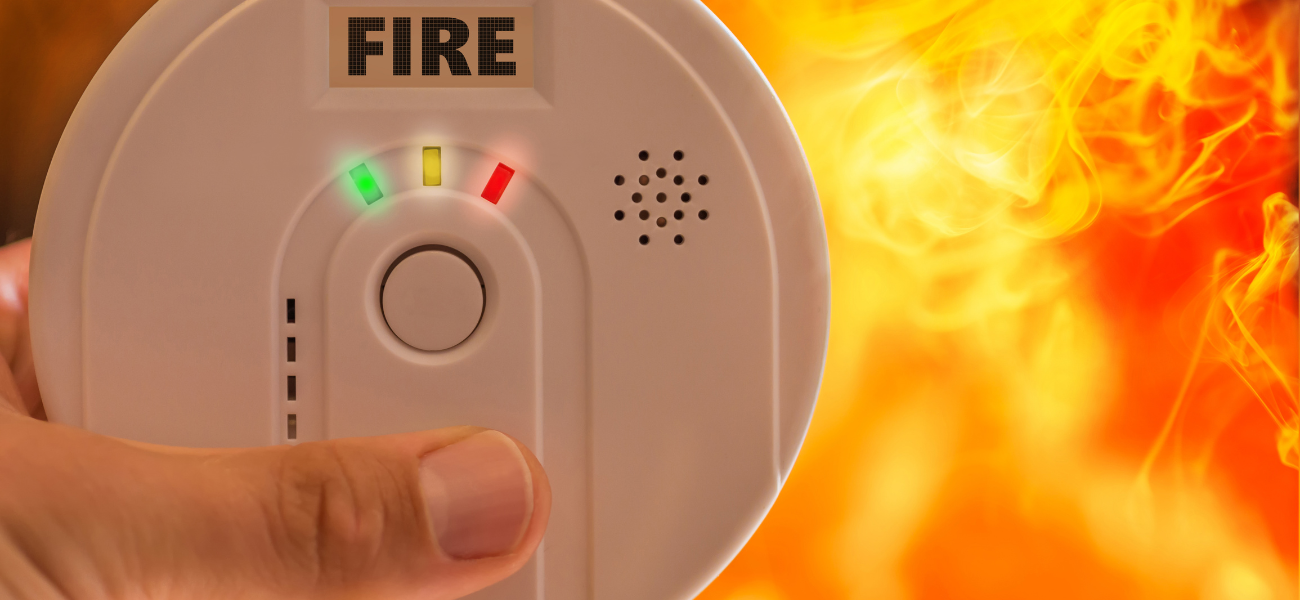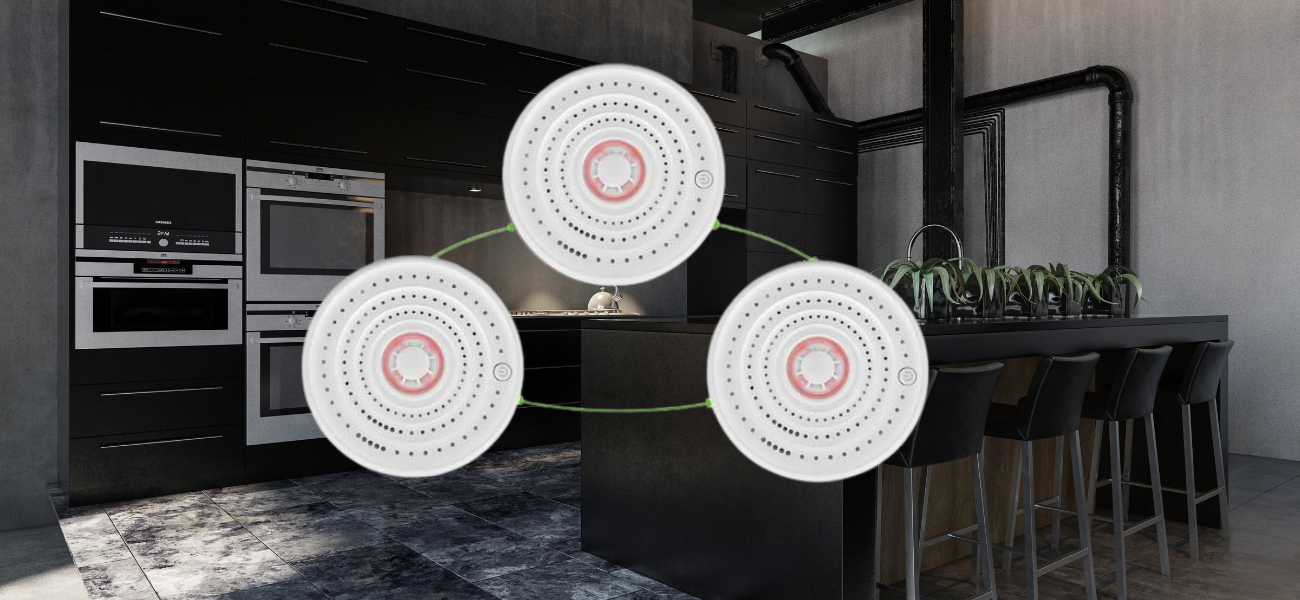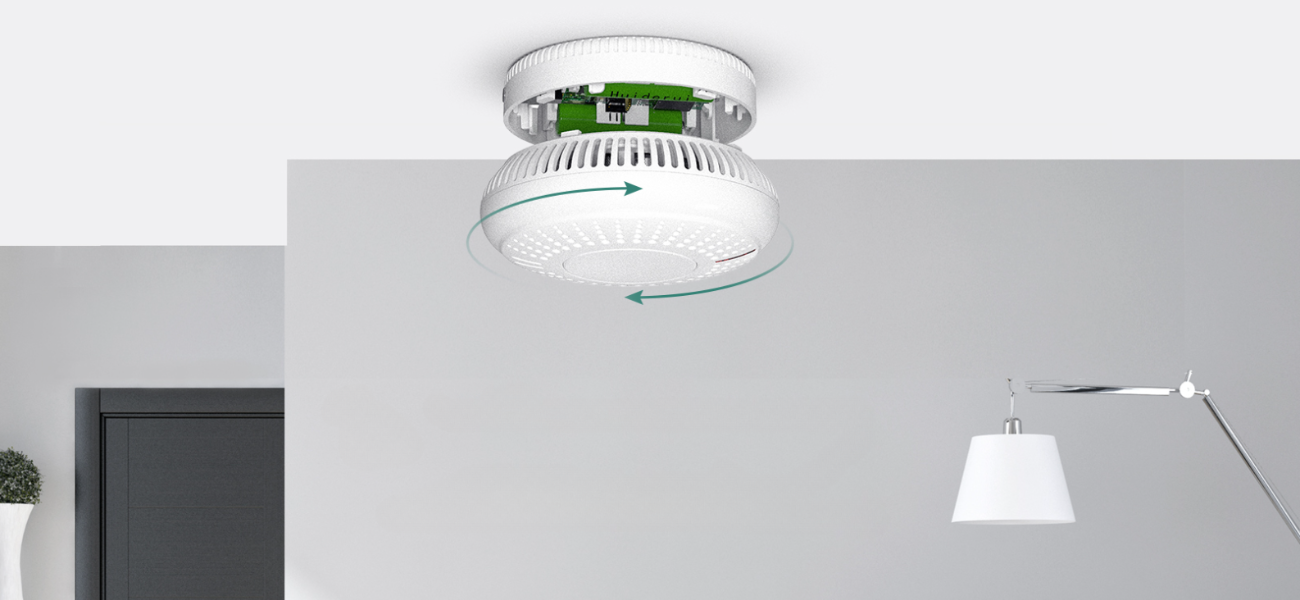How to Know if my Smoke Alarms are Interconnected?
Hear That Beep? It's Time to Check Your Smoke and Carbon Monoxide Alarm Network!
Every home needs a guardian angel, and smoke alarms are some of the best around. But did you know they can work together to create a symphony of safety? We're talking about interconnected smoke alarms, and they're a game-changer for fire protection.
What is Smoke Alarm Interconnection?
Imagine this: you’re peacefully asleep when a fire starts in the basement. A traditional smoke alarm there might not wake you upstairs. But with an interconnected smoke detector, when one detects smoke, all the alarms in your house blare the warning, giving you precious time to escape. Interconnected fire alarms are crucial because they ensure immediate alert and safety by making all alarms go off together.
Why You Need Interconnected Smoke Alarms
Here’s the truth: fires don’t always start conveniently close to where you are. Interconnected alarms ensure everyone in your home gets the alert, no matter where the flames flicker. This is especially crucial for:
- Large houses: No more sleeping soundly through a basement blaze!
- Multi-level homes: Get that warning no matter if you’re tucked in upstairs or relaxing downstairs.
- Deep sleepers: The insistent chorus of alarms is more likely to rouse even the heaviest sleepers.
- Carbon monoxide alarms: Essential for detecting dangerous carbon monoxide levels, especially in addition to smoke and heat alarms.
- Heat alarms: Important for areas like kitchens where smoke alarms might trigger false alarms, ensuring comprehensive safety.
How to Spot Interconnected Smoke Alarms:
- Look: See any wires connecting your alarms? That’s a sign of hardwired interconnection. You can also interconnect smoke detectors using a three-way switch with specific wire connections or opt for wireless interconnected smoke alarms.
- Listen: Test one alarm’s button. If all the alarms join the cacophony, you’ve got an interconnected system!
- Consult the Manual: Still unsure? Check the product information or reach out to the manufacturer. Additionally, ensure you have a carbon monoxide detector in the same room as any carbon-fuelled appliances like boilers, fires, non-electric heaters, or flues.
Testing Your Interconnection:
Testing is simple! Just press the test button on one alarm. If they’re interconnected, all the alarms should sound off like a well-rehearsed fire safety band.
The Two Types of Interconnected Smoke Alarms
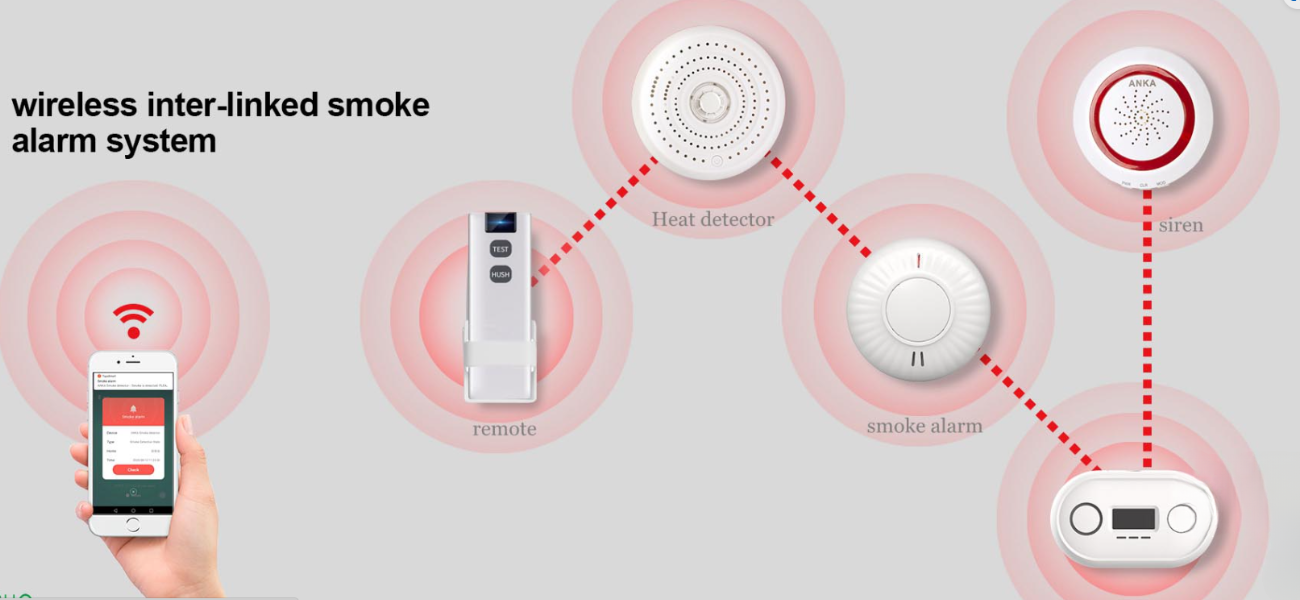
- Hardwired: These connect through electrical wiring and require professional installation.
- Wireless: These rockstar alarms use radio waves to communicate, making DIY installation a breeze. Battery operated alarms are a great alternative to mains-powered systems, especially in areas where wiring is impractical. Sealed battery alarms offer a reliable option without the need for frequent battery changes.
Troubleshooting Common Issues:
Even the best smoke alarms can face occasional hiccups. Here’s how to handle some common ones:
- False alarms: Dust and insects can trigger these. Simply clean your alarms regularly.
- Silent alarms: Check the batteries (or wiring for hardwired systems).
The Wireless Advantage:
Wireless interconnected alarms are a modern marvel. They eliminate the need for complex wiring and make installation a breeze, especially in older homes. Unlike standard smoke detectors, wireless interconnected smoke detectors can alert the entire home, ensuring no area is left unprotected. Additionally, interconnected smoke detectors provide synchronized alerts and precise detection, enhancing overall safety.
The Final Note: Safety First!
Smoke alarm interconnection is a vital piece of your home safety puzzle. If you're unsure about your system, consult a professional. Remember, regular testing and maintenance are your best friends when it comes to fire safety.
Stay vigilant, stay safe, and let your smoke alarms keep watch!
